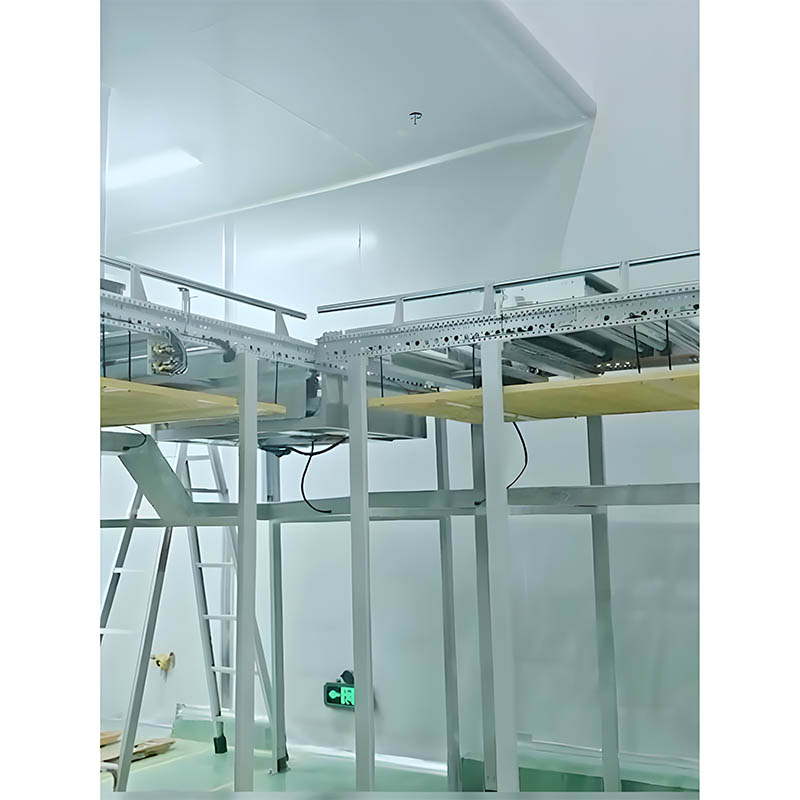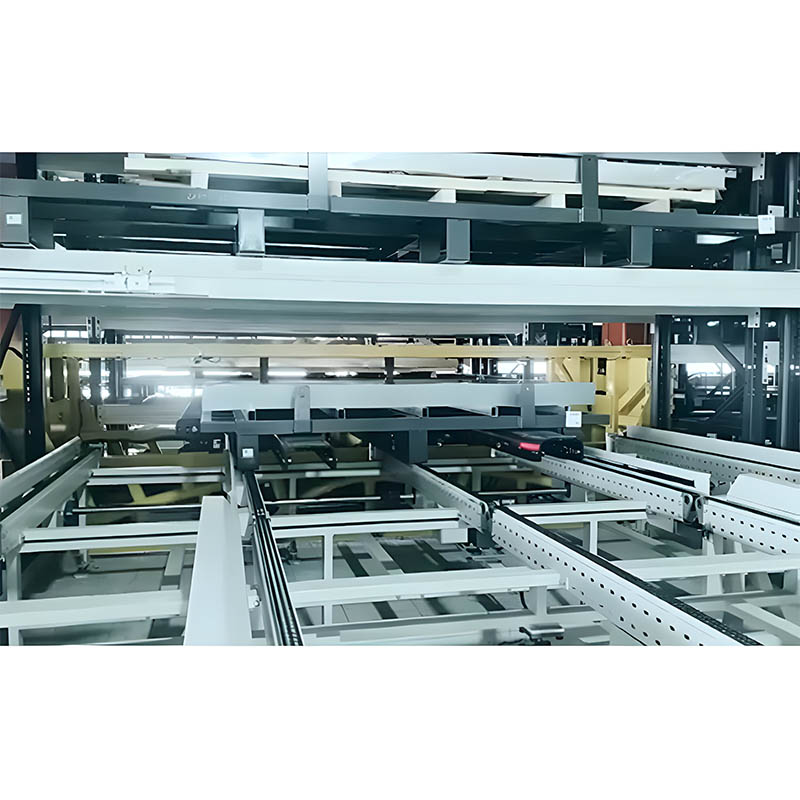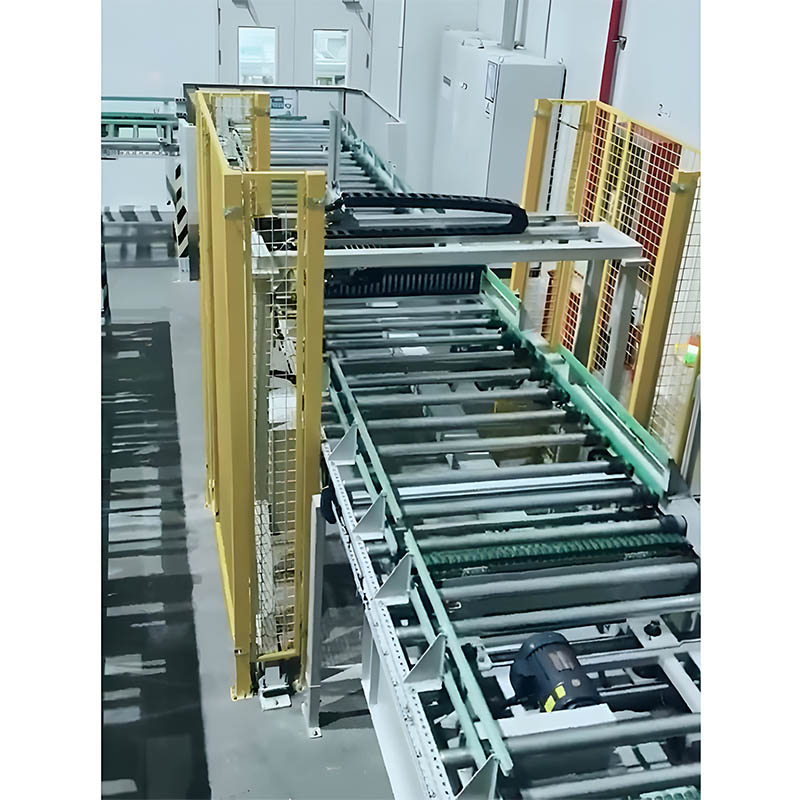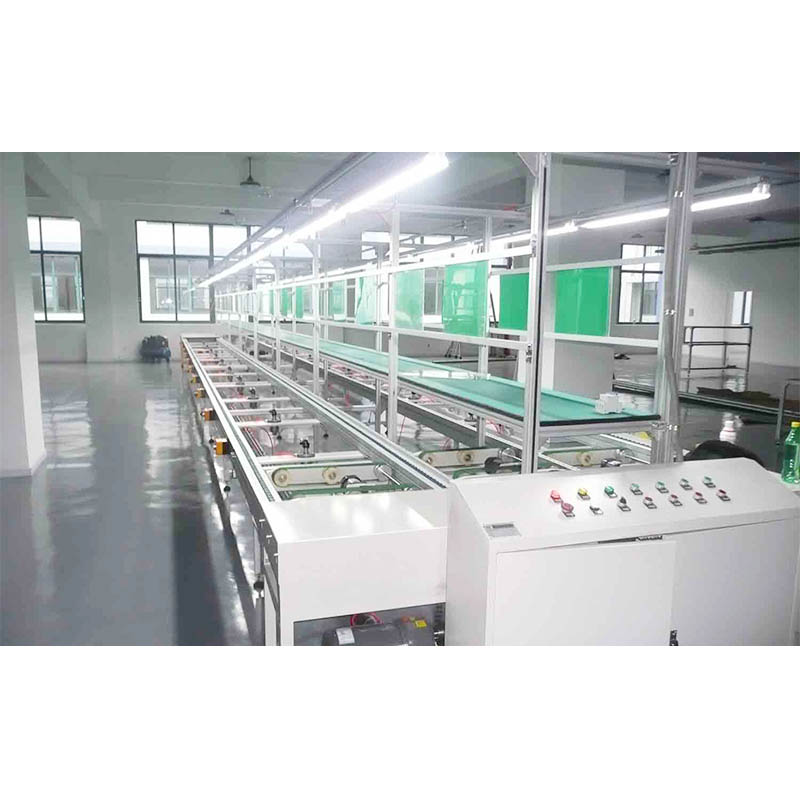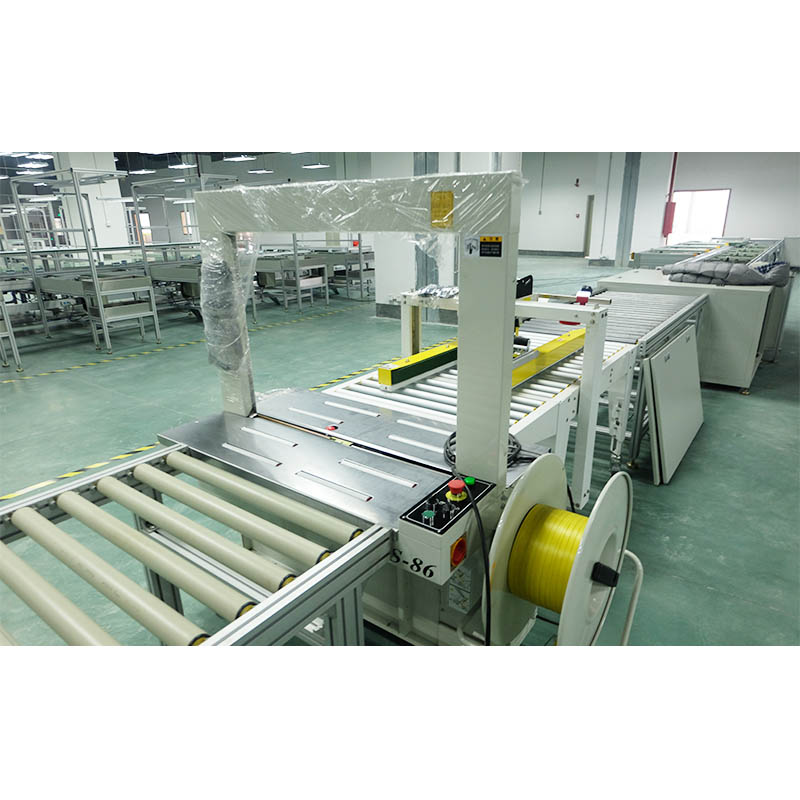-
Stacker
DDJ01
Send Email Details
A stacker is a specialized material handling device designed to efficiently lift, stack, and organize goods in warehouses, distribution centers, or manufacturing facilities. Equipped with forks, platforms, or grippers, it automates the vertical transportation of pallets, boxes, or heavy items, optimizing storage density and reducing manual labor. Stackers come in various configurations—including manual, semi-electric, and fully automated models—to suit different load capacities (up to several tons) and operational needs. Advanced stackers integrate sensors, AI-driven navigation, and IoT connectivity for real-time tracking, collision avoidance, and seamless integration with warehouse management systems (WMS). By enhancing safety, speed, and space utilization, stackers are indispensable tools for modern logistics and supply chain efficiency. -
Conveying Module
SSMK01
Send Email Details
A conveying module is a standardized, customizable component designed to automate the seamless transportation of materials or products within industrial systems, such as assembly lines, warehouses, or packaging facilities. Comprising key elements like belt drives, roller systems, motorized chains, or pneumatic tubes, it ensures efficient, continuous flow of items ranging from small parts to heavy pallets. Modern conveying modules integrate smart sensors, IoT connectivity, and adjustable speed controls to optimize material handling, monitor operational status in real time, and synchronize with adjacent equipment. Their modular design allows for easy reconfiguration, scalability, and integration into complex production layouts, making them essential for enhancing productivity, reducing labor costs, and maintaining consistent workflow in automated environments. -
Lifting Module
FJMKG01
Send Email Details
A lifting module is a versatile, precision-engineered component designed to automate vertical movement tasks in industrial automation, material handling, and robotic systems. It integrates a motorized drive (electric, hydraulic, or pneumatic), a robust lifting mechanism (scissor lift, telescopic arm, or lead screw), and safety features like overload protection and limit switches to ensure reliable, controlled lifting of loads ranging from lightweight components to heavy pallets. Modern lifting modules incorporate smart sensors, IoT connectivity, and programmable logic controllers (PLCs) for real-time monitoring, adaptive height adjustment, and seamless integration with conveyor systems or robotic arms. Their compact, modular design enables easy installation in confined spaces and scalability across diverse applications, from assembly lines and warehouse storage to automotive manufacturing and medical equipment handling, enhancing efficiency, safety, and precision in vertical motion control. -
AGV Car
AGV01
Send Email Details
An AGV (Automated Guided Vehicle) Car is a driverless, programmable transport unit designed to autonomously navigate and transport materials in industrial environments such as warehouses, factories, and distribution centers. Powered by electric batteries, it follows predefined paths or dynamic routes using advanced navigation technologies like laser guidance, magnetic tape, vision systems, or LiDAR, ensuring precise movement and obstacle avoidance. Equipped with load-handling attachments (e.g., forks, conveyors, or robotic arms), AGV Cars streamline logistics by automating tasks such as pallet handling, component delivery, and finished product transfer. Their integration with warehouse management systems (WMS) enables real-time tracking, task scheduling, and optimization of material flow, reducing labor costs, enhancing safety, and improving operational efficiency in smart manufacturing and flexible supply chains. -
LED Display Automatic Production Line
XSP01
Send Email Details
The LED Display Automatic Production Line is a highly integrated, intelligent manufacturing system designed for the mass production of LED display panels, spanning from mini-LED to large-scale video walls. Leveraging advanced robotics, precision placement machines, and AI-driven quality inspection, the line automates critical processes such as SMT (Surface Mount Technology) component assembly, module bonding, optical calibration, and aging testing. Real-time IoT sensors and MES (Manufacturing Execution System) integration enable full traceability, defect detection, and adaptive process optimization, ensuring consistent product quality and yield rates exceeding 99.9%. The line supports flexible customization for diverse resolutions, pixel pitches, and curved/flexible display formats, while modular design allows rapid reconfiguration to meet evolving market demands. By minimizing manual intervention and maximizing throughput, it significantly reduces production costs and accelerates time-to-market for applications in smart cities, commercial advertising, and consumer electronics. -
Lighting Automatic Production Line
DJ01
Send Email Details
The Lighting Automatic Production Line is a state-of-the-art, fully automated manufacturing system tailored for the efficient production of LED bulbs, luminaires, and smart lighting fixtures. Combining robotics, precision assembly stations, and AI-powered quality control, the line automates key processes such as SMD (Surface Mount Device) placement, driver circuit integration, lens assembly, aging testing, and final packaging. Real-time IoT monitoring and MES (Manufacturing Execution System) integration ensure end-to-end traceability, defect detection, and adaptive process optimization, achieving consistent product quality with defect rates below 0.1%. The line supports flexible customization for diverse lighting types (e.g., downlights, panel lights, streetlights) and smart features (e.g., IoT connectivity, motion sensors), while modular design enables rapid retooling for new product launches. By reducing labor dependency and enhancing production speed, it cuts costs by up to 40% and accelerates time-to-market for applications in residential, commercial, and industrial lighting sectors.


